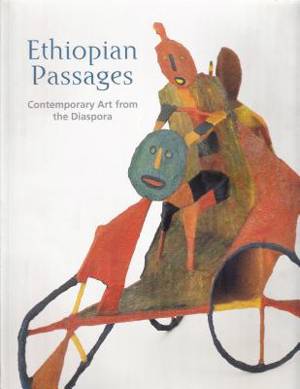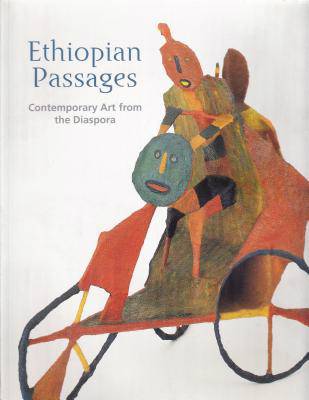
En raison d'une grêve chez bpost, votre commande pourrait être retardée. Vous avez besoin d’un livre rapidement ? Nos magasins vous accueillent à bras ouverts !
- Retrait gratuit dans votre magasin Club
- 7.000.000 titres dans notre catalogue
- Payer en toute sécurité
- Toujours un magasin près de chez vous
En raison de la grêve chez bpost, votre commande pourrait être retardée. Vous avez besoin d’un livre rapidement ? Nos magasins vous accueillent à bras ouverts !
- Retrait gratuit dans votre magasin Club
- 7.000.0000 titres dans notre catalogue
- Payer en toute sécurité
- Toujours un magasin près de chez vous
37,95 €
+ 75 points
Description
In the global arena, African artists have contributed significantly to the inventiveness and creative vitality of the contemporary art world. The impact has been more immediate and pronounced for Western audiences as African artists move into the growing and significant diaspora in America and Europe. Ethiopian Passages tells of the importance of the arts in the African diaspora and explores the important histories of migration and the myriad negotiations of artistic groups among African artists in the diaspora. The book discusses Ethiopia's history: the word 'Ethiopia' means 'land of the sun-burned, or black-skinned people', representing a sense of place for Africans who became land-lost, renamed and denied the use of their native tongues. It tells of the reign of Menelik II-which marked the beginning of Ethiopia's modern history-and of life under the Marxist military regime. The book describes the tumultuous political environment of the late 20th century, and shows how these unstable times have shaped the Ethiopia of today. The book also questions stereotype misconceptions about African peoples and cultures and explains why the concept of 'ethiopianism' came to be associated with pride, independence, self-motivation and reliance, . . . thoroughly competent to chart their own course of development and to manage their own affairs'. Above all it revolutionizes our understanding of the culture and identity of African peoples. Ethiopian Passages brings together artists from across several generations who have addressed issues of identity, experienced displacement and created new 'homelands'. The evidence of these encounters and personal experiences can be seen in the works of art that are included, which demonstrate the magnificence and arresting power of contemporary African art.
Spécifications
Parties prenantes
- Auteur(s) :
- Editeur:
Contenu
- Nombre de pages :
- 128
- Langue:
- Anglais
Caractéristiques
- EAN:
- 9780856675621
- Date de parution :
- 06-09-03
- Format:
- Livre broché
- Format numérique:
- Trade paperback (VS)
- Dimensions :
- 209 mm x 322 mm
- Poids :
- 739 g

Les avis
Nous publions uniquement les avis qui respectent les conditions requises. Consultez nos conditions pour les avis.






